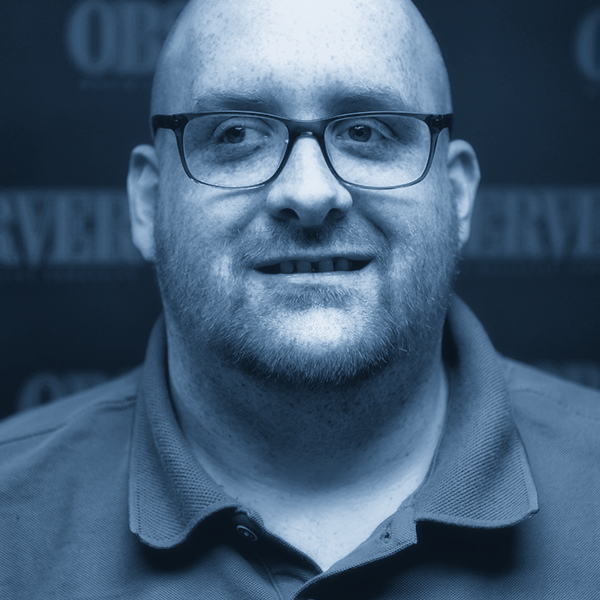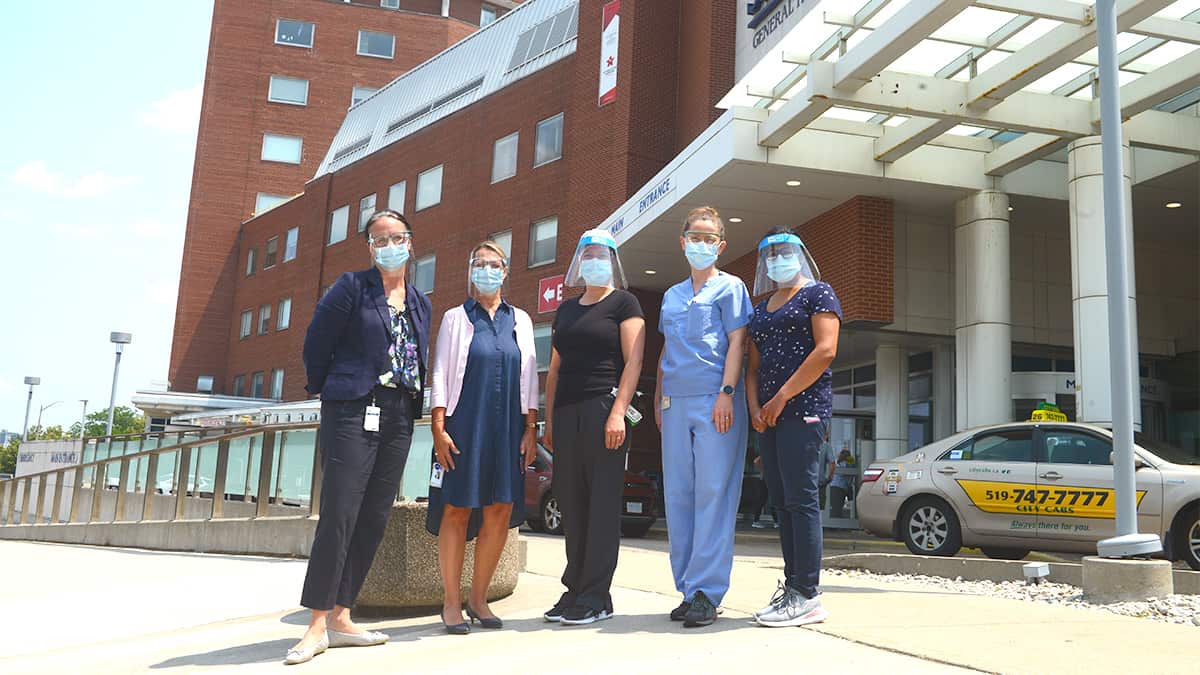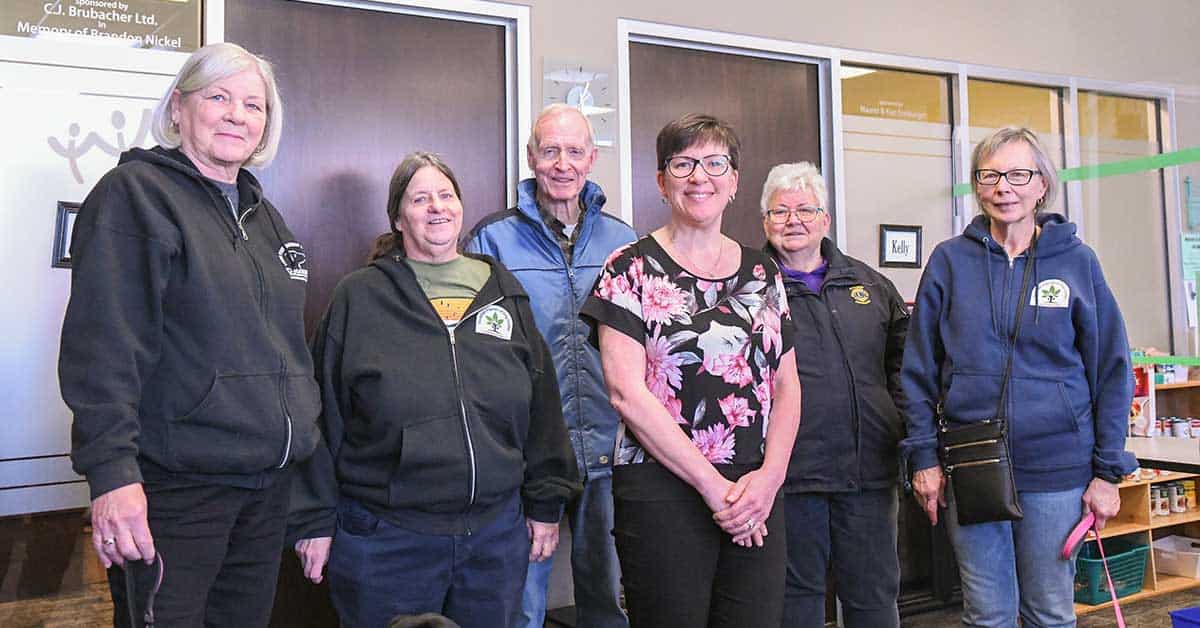While negotiations between provincial premiers and Prime Minister Justin Trudeau are still ongoing regarding how much healthcare funding the federal government should provide, Ontario’s system got a boost of its own.
Provincial Health Minister Sylvia Jones last week announced $30 million to create 18 new health teams across Ontario, part of the Ford government’s new healthcare plan dubbed “Your health: a plan for connected and convenient care.”
The plan will focus on three different areas or “pillars,” as the 50-page report describes them.
Pillar one is titled “the right care in the right place.” This plan will focus on localizing care in Ontario. That includes the addition of health teams to the 54 that are already in existence.
The plan will add up to 1,200 physicians in the teams model over the next two years. It will also add eight more youth wellness hubs. The plan also repeated the announcement of the January 1 change that now allows pharmacists to prescribe medications for 13 minor ailments.
Pillar 2, “faster access to care,” aims to address surgical wait times and includes the issuing licenses to perform cataract surgeries to four health centres in Windsor, Ottawa and Kitchener-Waterloo.
“We have some of the longest wait times for cataract surgeries in the province in and around Waterloo Region and the catchment area here of about a million people, so it’s great for us to actually be selected as one of the first sites for some of those surgeries to be done in the community rather than be done in the hospital,” said Kitchener-Conestoga MPP Mike Harris of the surgical expansion.
Pillar 2 also expands the ability of paramedics to treat patients who call 911 on scene instead of taking them to an emergency room.
“We’re now working with key partners to expand these models to different patient groups, such as people with diabetes and epilepsy, and implement a new treat-and-release model with recommendations to patients for appropriate follow-up care,” the report states.
Pillar 3, “hiring more health care workers,” will see the province invest an additional $15 million to temporarily cover the costs of examination, application and registration fees for internationally trained and retired nurses.
Along with the previously announced additional 160 undergraduate seats and 295 postgraduate positions to be added at medical schools over the next five years the province will add another 52 spots for physician assistants.
The third pillar also expands the learn and stay grant which covers education costs for postsecondary students who enroll in high-priority programs in underserved communities and commit to work in those communities when they graduate. This program will expand to 2,500 spaces starting in the spring.
It is the third pillar that Harris said will have the most impact on Waterloo Region.
“As we look to build a new hospital here and as we look to bolster community care and being able to allow people to receive medical care at home or in the community rather than having to travel into the city to the hospital or various clinics we need people to be able to provide those services. Working in conjunction with the Ministry of Health, and the Ministry of Colleges and Universities, our internal immigration models here in the province and of course, the federal government,” Harris said.
While there is a question about whether the plan to expand surgeries in private clinics would see healthcare workers move from already understaffed hospitals and public clinics, Harris says those clinics already have the staff they need.
“We already have the ability as it stands. We’re doing about 26,000 surgeries or procedures, low-risk procedures at these clinics already. I want to be mindful that we’re certainly not looking to have a mass migration of workers, but we do want to make sure that those surgeries that don’t need to be done in the hospital are able to be moved out into the community,” he said.
On Tuesday the federal government announced an offer to increase funding to provinces and territories by $196.1 billion over 10 years. This includes $46.2 billion in new funding and an immediate, unconditional $2 billion Canada Health Transfer top-up.
While the health transfer normally increases by three per cent each year, the offer would see a five per increase in each of the next five years.
In exchange for the increase, the Trudeau government is asking the provinces and territories to “commit to improving how health information is collected, shared, used, and reported to Canadians to promote greater transparency on results.”
They are also asked to develop action plans that will outline how funds will be spent and how progress will be measured.
However, reaction from the premiers indicates even that increase may not be enough.
At a press conference, Manitoba Premier Heather Stefanson, who chairs the Council of the Federation, said there was not sufficient new funding being offered.
“I think to say the least I think we were a little disappointed at that,” Stefanson said.
She added the council is looking for $28 billion in the first year of the proposal, while there is only $4.6 being offered.
“So that’s the comparative, it’s significantly less than what we were looking for in terms of the baseline funding injection into the Canada Health Transfer.”
The council needs to take time to review the proposal, Stefanson said.
Doug Ford said the offer was a “down payment on further discussions.”
“I always welcome new funding, no matter how small or large, but what we see this as is a starting point,” he said.









